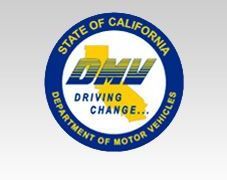Why Google's "ridiculous" looking car is brilliant
Submitted by brad on Sun, 2014-06-01 06:15It's not too surprising that the release of images of Google's prototype robocar have gotten comments like this:
Revolutionary Tech in a Remarkably Lame Package from Wired
A Joy Ride in Google's Clown Car says Re/Code




 While bitcoins have this scarcity, digital currencies as a group do not. You can always create another digital currency. And many people have. While Bitcoin is the largest, there are many "
While bitcoins have this scarcity, digital currencies as a group do not. You can always create another digital currency. And many people have. While Bitcoin is the largest, there are many " With that in mind, here's some commentary on matters that came up during the session.
With that in mind, here's some commentary on matters that came up during the session. If you sell something and are paid in stolen money, there is bad news for you, the recipient of the money. If this is discovered, the original owner gets the money back. You are out of luck for having received stolen property. You might even be suspected of being involved, but even if you are entirely innocent, you still lose.
If you sell something and are paid in stolen money, there is bad news for you, the recipient of the money. If this is discovered, the original owner gets the money back. You are out of luck for having received stolen property. You might even be suspected of being involved, but even if you are entirely innocent, you still lose.